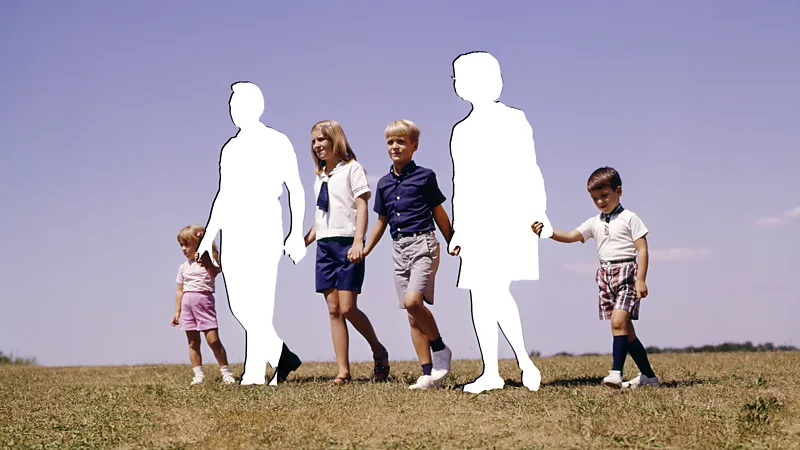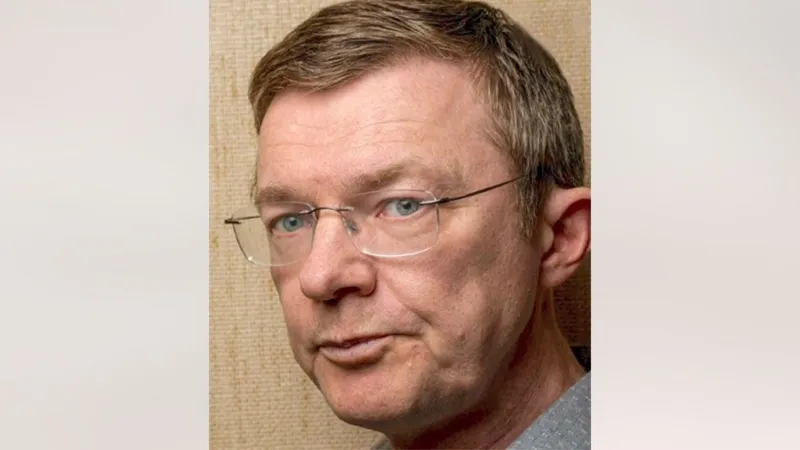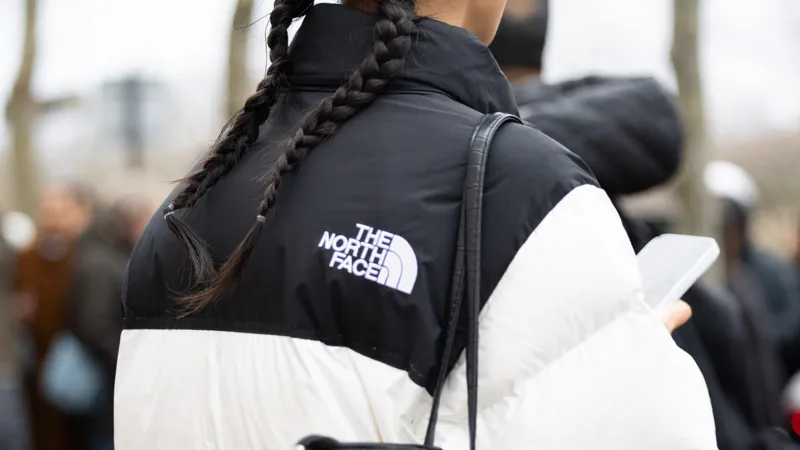The expensive reality of social media's never-ending trends
The need to stay on top of every new social media trend is not just exhaustive but also draining your bank account.

If there’s one thing we have understood about social media trends is that they come and go at lightning speed. While social media offers us creative inspiration and a space to connect, the relentless chase to stay relevant can take a toll on mental health. Beneath the surface of these fleeting moments lies an increasingly common sentiment: exhaustion.
The pace of trends
Social media trends are designed to be fast-moving. Algorithms prioritise fresh, engaging content, which means creators are constantly under pressure to churn out new material. A dance trend might dominate TikTok for a week before being replaced by a cooking hack or a quirky meme. The result? An overwhelming cycle of consumption where even the most dedicated users struggle to keep up.
Dr Arvind Otta, senior psychologist and mental health activist, points out that the rapid evolution of social media trends can leave people feeling overwhelmed. “The fear of not being able to keep up steals the joy of using social media,” he says. This drive to fit into online communities often results in exhaustion and frustration. Similarly, Sumalatha Vasudeva, psychologist at Gleneagles BGS Hospital, Bengaluru, notes that the constant need to stay current creates fatigue, ultimately leading to burnout.
Sanjina Bose, clinical psychologist at Lissun (an online mental health counselling therapy platform), describes this as the “algorithm versus real-life race”.
“People spend endless hours doom scrolling, isolating themselves from real-world connections, and measuring self-worth through likes and followers. It’s a draining process that often leads to anxiety, depression, and imposter syndrome,” she explains.

Doomscrolling is the compulsive urge to scroll through negative news and social media content. (Photo: Unsplash)
The FOMO factor
Fear of missing out (FOMO) has long been associated with social media, but it has intensified by the relentless pace of trends. Users not only want to be informed but also feel compelled to participate - whether it’s recreating a trending video or posting about the latest viral topic. For some, this pressure to stay relevant can lead to burnout.
Not too long ago, the internet was obsessed with the viral Dubai kunafa chocolate. Everyone wanted a bite of it. Since getting your hands on one was a challenge, people came up with the idea of creating their own versions of the viral chocolate, eager to taste or replicate something close to the original kunafa chocolate bar from Dubai.
That is exactly how impactful social media is today – so much so that brands saw it as a brilliant business opportunity and have been milking the trend brilliantly.
Gayathri G, a freelance consultant, says, “It’s so jarring—one moment it’s touted as a miracle, the next, it’s a potential danger. This is just one of countless examples of opposing sides, each trying to scare you. It’s mentally draining, and it makes me wonder how anyone can navigate all this without feeling overwhelmed.”
“For example, lately, there’s been a lot of talk about the benefits of castor oil for digestion, detoxing, and skin health, with people insisting on using cold-pressed, hexane-free oil. But then today, I came across a reel warning that castor oil contains ricin, a deadly toxin, and explaining how the seeds must be cooked to make the oil safe,” she adds.
It is not just exhaustive, it is expensive too.
Every day, influencers introduce a new line of makeup, accessories, bags, or jewellery to their followers. Now, imagine millions of influencers urging you to buy something new, follow a trend, or even travel to a new destination daily. You’re tempted, and you might even give in to the temptation, but how long can you keep doing this? It eventually becomes a significant drain on your bank account.
Meneka Subramaniyam, an IT professional, shares, "I love buying new makeup products to add to my vast collection. Initially, it was easy when options were limited, but now it’s a struggle to keep up. Imagine having products from not just India but options were limited, but now it’s a struggle to keep up. Imagine having products from not just India but also South Korea, Japan, France, the US, and Germany, all vying for your attention. We often forget to exercise restraint and fail to realise what this is doing to our minds."
Social media burnout: A growing concern
Hence, the phenomenon of social media burnout is becoming increasingly common.
Dr Otta explains that burnout manifests in various ways - from stress and disinterest to resentment toward social media platforms. Physical symptoms such as headaches, fatigue, and disrupted sleep cycles are also prevalent. Emotionally, individuals may feel detached, inadequate, or overly conscious about their online presence.

Physical symptoms such as headaches, fatigue, and disrupted sleep cycles are also prevalent. (Photo: Unsplash)
Vasudeva agrees, stating that burnout often stems from constant engagement and comparison. “People feel drained and inadequate, sacrificing personal well-being to maintain an ideal online image,” she says.
According to Bose, signs of burnout include:
- Constant self-comparison
- Agitation or emotional distress related to social media
- Increased screen time and poor sleep schedules
- Feelings of disconnection from real-life relationships
The impact on daily life and self-esteem
Social media’s impact extends beyond the digital realm, affecting daily routines, productivity, and personal relationships.
“The pressure to stay relevant can disrupt daily life,” says Dr Otta. “People spend excessive time online, which erodes confidence when comparing themselves to others.” Vasudeva adds that this constant comparison lowers self-esteem and creates self-doubt, leaving people feeling they must always be ‘on’ to maintain their online persona.
Gen Z: The most vulnerable generation?
Younger generations, especially Gen Z, are particularly affected by trend-chasing culture.
“For Gen Z, their online presence is tied to their identity,” says Dr Otta. “The pressure to keep up with what’s popular impacts their self-esteem.” Bose adds, “Being raised in the digital era makes them more vulnerable to the fear of missing out (FOMO), leading to significant mental strain.”
However, Millennials are no different.
Practical steps to break free from trend-chasing
Experts agree that breaking the cycle of trend-chasing requires mindful changes in social media habits. Here’s their advice:
Set boundaries: Limit screen time or schedule specific periods to check social media. Apps that track usage can help.
Curate your feed: Follow accounts that inspire and align with your values. Unfollow those that induce stress or comparison.
Focus on authenticity: Post content that reflects your genuine interests rather than chasing trends.
Engage in offline activities: Rediscover hobbies, nurture personal relationships, and spend time in nature to regain balance.
Practice mindfulness: Reflect on your motives for posting and consider whether it’s for self-expression or external validation.
Try a gradual detox: Begin with short social media breaks and extend them gradually to ease the transition.
Ask yourself a few questions: When tempted to make an impulsive purchase after seeing a viral trend, pause and reflect:
Do I really need this?
How often will I use it?
Can I repurpose it in 3–4 different ways?
If you can confidently answer "yes" to all these questions, go ahead and buy it! Otherwise, it’s best to let it pass.
























































